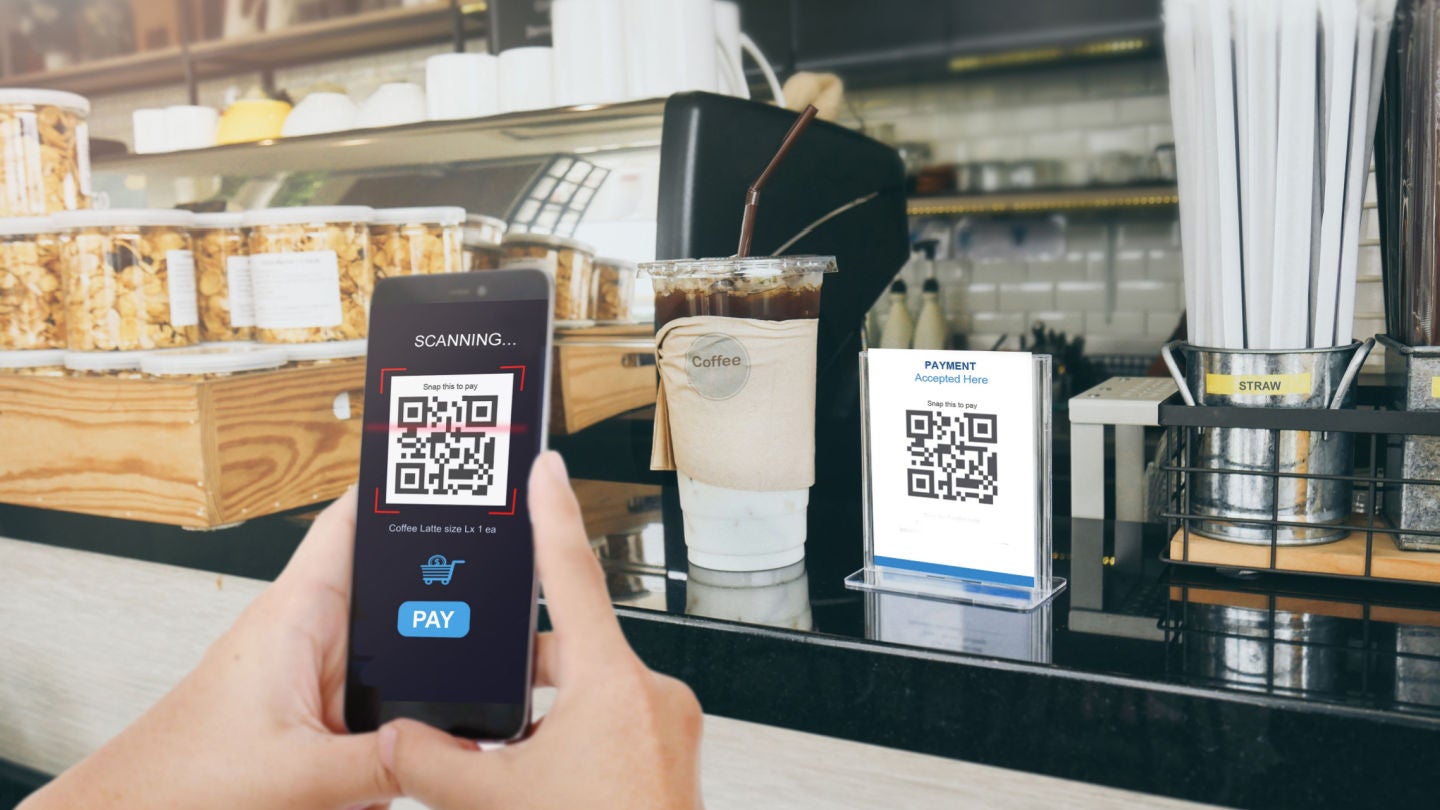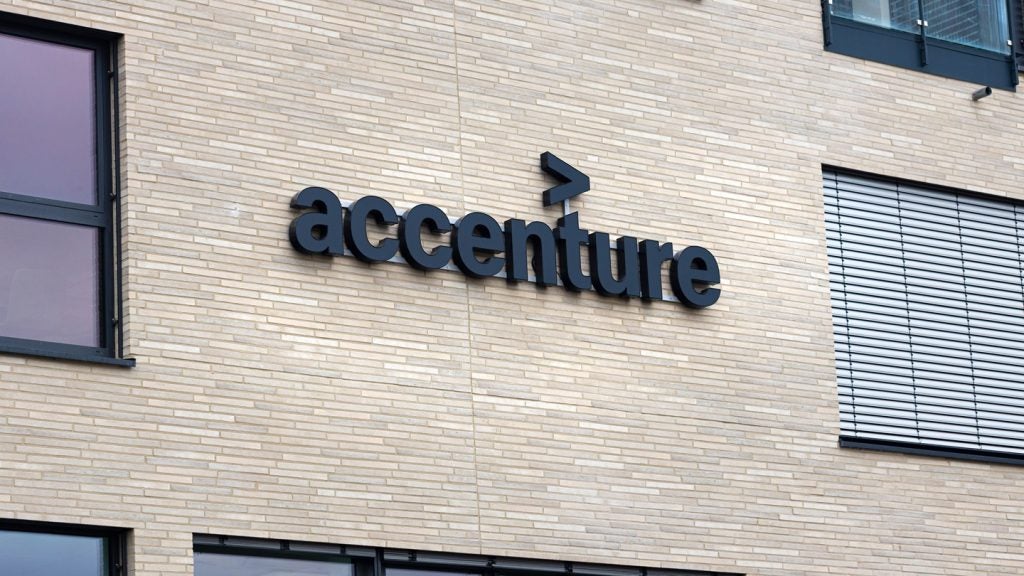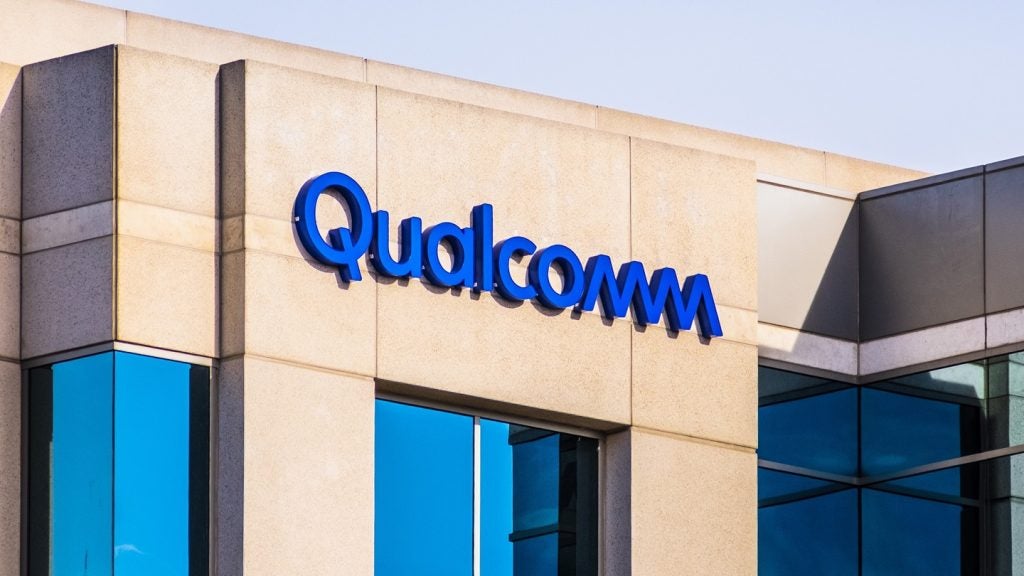Customers appear to be growing more receptive to the use of QR codes and mobile payment apps in bars and restaurants with younger users leading the charge.
More than half of US consumers in a recent survey say they will use QR codes to order and pay at drinking and dining establishments when given the option. Furthermore, nearly 40% of respondents indicate a preference for paying via apps such as Google Pay or Apple Pay versus physical credit cards.
QR codes and the comfort gap
Those results, released by hospitality engagement platform Union, appear to gel with findings in a recent survey by investment bank William Blair, in which 18% of total respondents said they are highly comfortable using QR codes over a mobile device for menu browsing and payment while in a restaurant, and some 70% of respondents under 60 years old reported they are at least somewhat comfortable doing so.
However, 47% of respondents to the Blair survey say they are uncomfortable using QR codes for accessing, ordering, and paying, with older users generally being the least receptive, as 65% of those over 60 years of age say they are not comfortable with QR codes. Certainly, there are reasons to be wary as using QR codes may not only be an unwieldy process, but they open the door to tracking of users’ drinking and dining histories and their contact information as well as possibly exposing users to cybersecurity issues.
Phone-based POS systems have upsides
Overall, people have become more familiar with QR codes due to Covid-19, which prompted many drinking and dining establishments to swiftly ditch physical menus in favour of QR code-based menu views, digital ordering, and payment functions using a customer’s own mobile device. The impetus for using digital point-of-sale (POS) systems has since evolved with the focus shifting to the time savings such technologies enable.
Union notes that patrons of bars and restaurants report waiting ten minutes for a human server to bring them their bill, a wait that can be avoided when being billed via mobile device. The convenience of paying using a smartphone is also attractive as users can leave their cash and debit or credit cards at home, and payment is more secure compared to using physical cards with chips or magnetic stripes.

US Tariffs are shifting - will you react or anticipate?
Don’t let policy changes catch you off guard. Stay proactive with real-time data and expert analysis.
By GlobalDataMobile ordering and payment solutions can also benefit dining and drinking establishments. Union has claimed that its digital POS platform increases revenues by 30%, reduces patron wait times by 80%, and triples servers’ coverage areas, helping mitigate staffing shortages.
Younger users drive mobile payment app acceptance
While QR codes have caught on in many bars and restaurants, far fewer of those locations support mobile payment apps based on near-field communication (NFC), including Apple Pay, Google Pay, and Samsung Pay. Such payment methods are most likely to be accepted at fast food and casual dining restaurants than diners or high-end dining establishments.
Apple Pay, which launched in September 2014, dominates the overall US market for payment apps based on NFC. The app is accepted at over 90% of US retailers, though it’s important to note that many of those retailers also accept Google Pay and other rival payment methods.
Additionally, acceptance doesn’t necessarily indicate actual usage. Gen Z, millennials, and Gen X are the most bullish about using mobile payment apps, with Apple Pay being a particularly strong contender within the US.
In its Spring 2023 Generation Z survey of US teens, investment bank Piper Sandler found that 87% of teens own an iPhone, and Apple Pay was the top payment app used within the previous month at 39% followed by Cash App at 25%. As those users move into adulthood, they will likely pave the way for more acceptance of mobile payment apps at bars and restaurants in coming years.









